Photography In The National Parks: My 11 Favorite Images From 2024

- By Rebecca Latson - January 21st, 2025 3:00am



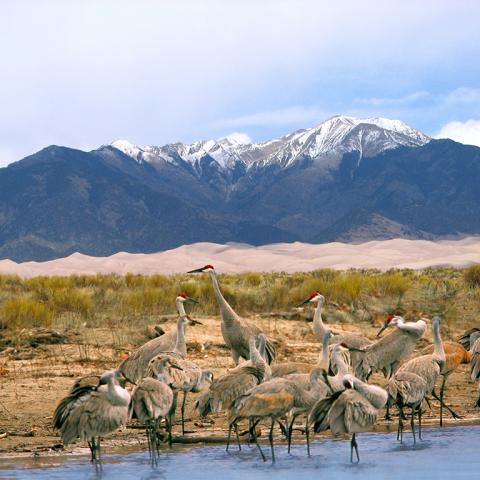
One of 250 bird species found in the park, More than 20,000 sandhill cranes will spend 6 - 7 weeks each year in the San Luis Valley during their annual migration to southern New Mexico. Look for them in early February through late March, then again in late September through late March.
When you were a child, did you enjoy playing in the sand box? Child or adult, do you enjoy a sandy beach in which to sink your toes? Great Sand Dunes National Park and Preserve in Colorado is home to the tallest sand dunes in North America.
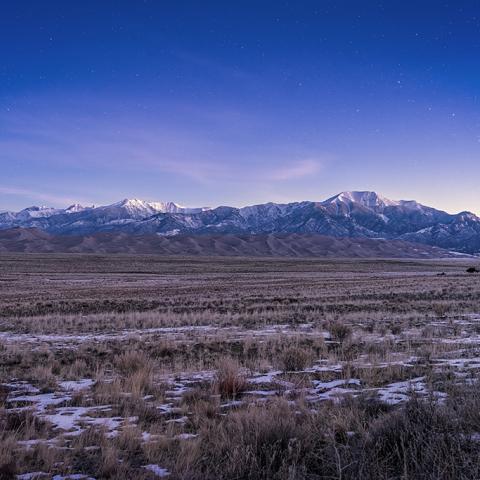
Great Sand Dunes National Park And Preserve in Colorado can get pretty busy during the summer. Spend some winter days in this park, however, and you'll experience no crowds, much solitude, and some amazing scenery, including the tallest sand dunes in North America.
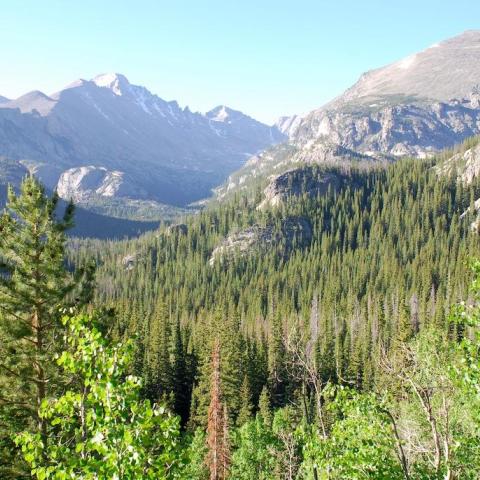
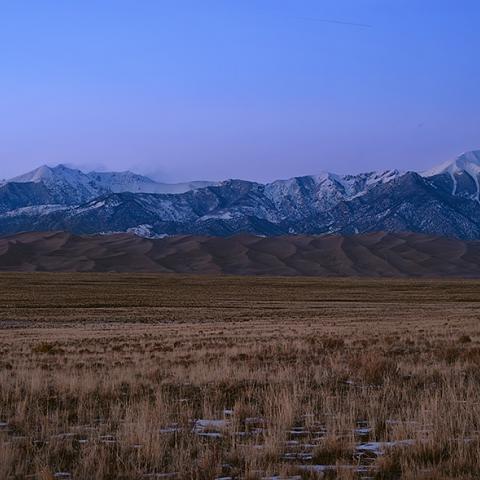
"Blue hour" is a term given to that time prior to sunrise and just after sunset, when the sky and landscape are bathed in swaths of blue, purple, pink, and mauve. During that time (which really doesn't last an hour - more like a few minutes), you might even see the atmospheric phenomenon known as the "belt of Venus," a line of deep blue and dark pink parallel to the horizon. A great place to view sunrise, sunset, and blue hour is at a pullout immediately after the turnoff from Colorado State Highway 150 onto Lane 6 N toward Mosca.
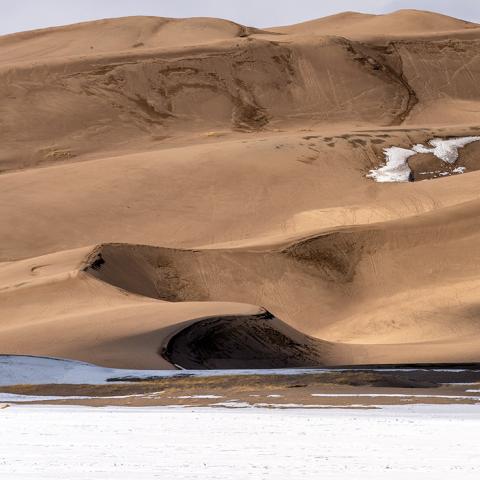
If you bring along your camera (and you should), you can capture not only wide-angle shots of this national park, but also telephoto close-ups of the sinuous sand dunes. Early morning or later in the afternoon are great times to capture light and shadows to give the dunes some depth. Telephoto shots bring the viewer closer to these sand dunes for a better look. You might even want to include people in some of your shots, allowing your viewer a better idea of just how large and tall these sand dunes are in addition to adding a little familiar reference.

Whatever season you visit this national park, a must-do activity is to hike up to the top of a dune. The sand is velvety soft, but still takes a little effort to climb. An easy way to hike up to the top of a dune is to switchback your way up. Once you are at the top, following the dune ridge is the easiest way to continue onward, and from the ridge top, you have a broad view around the park.


National Parks Traveler is a 501(c) (3) nonprofit.


Here’s the definitive guide to National Park System campgrounds where RVers can park their rigs.
Our app is packed with RVing- specific details on more than 250 campgrounds in more than 70 national parks.
You’ll also find stories about RVing in the parks, tips helpful if you’ve just recently become an RVer, and useful planning suggestions.
